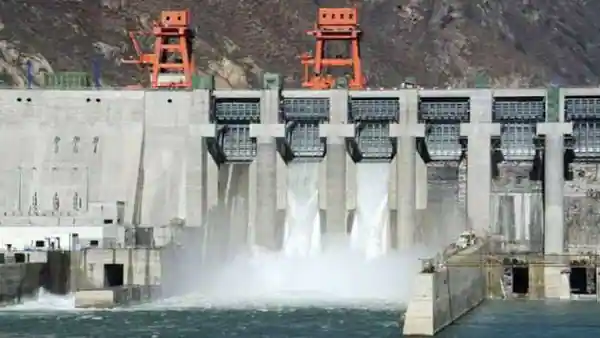India has recently approved a $3.9 billion hydropower project near the India-China border. This project, known as the Teesta III Hydroelectric Project, is expected to produce 2,400 MW of power, making it the second-largest hydropower project in India.

Some points regarding hydropower project:
The project will be built in the Sikkim region at the India-China border and will involve the construction of two dams on the Teesta River and its tributaries. It is expected to be completed in five years and will provide power to the eastern Indian states of Sikkim, West Bengal, Bihar and Jharkhand.
This project is a major step towards increasing India’s power generation capacity and providing ample electricity to the people of these states. It is also expected to be beneficial to the local communities, as it will provide them with a reliable source of electricity. Additionally, the project is expected to generate new employment opportunities for the local people and help them to boost their livelihood.
The project has been approved by India’s Cabinet Committee on Economic Affairs (CCEA) and is expected to be funded by the Power Finance Corporation. It is also expected to be a major step towards strengthening India’s energy security, as it will help to reduce the country’s dependence on imported energy.
The project has been welcomed by many as a great step towards improving India’s energy security and helping the country to meet its energy needs. It is also expected to be beneficial to the environment, as it will reduce pollution levels in the area and help to conserve water resources.
The project, which is being funded by the Indian government, will involve the construction of a 600-megawatt hydropower plant near the China-India border. This will be the first such project in the region, and is expected to be the largest hydroelectric plant in India.
The project is expected to create thousands of jobs in the region, as well as provide electricity to hundreds of villages in the region. The project is part of India’s ambitious plan to reduce energy poverty in the region, and is expected to generate up to 700 megawatts of power.
The project is also expected to benefit the environment, as it will use the force of the water to generate electricity, thereby reducing emissions and helping to reduce global warming. The project is part of India’s commitment to the Paris Agreement, which seeks to reduce global emissions and promote clean energy production.
The project is expected to be completed in five years, and is expected to bring much needed electricity to the region. The project is also expected to bring much needed economic development to the region, and could have a positive impact on the livelihoods of people living there
This project is a great example of the Indian government’s commitment to providing reliable and clean energy for its citizens. It is also a major step towards improving India’s energy security and helping to reduce the country’s dependence on imported energy. It is expected to be beneficial to both the environment and the local people, and it will help to boost the economy of the area.
